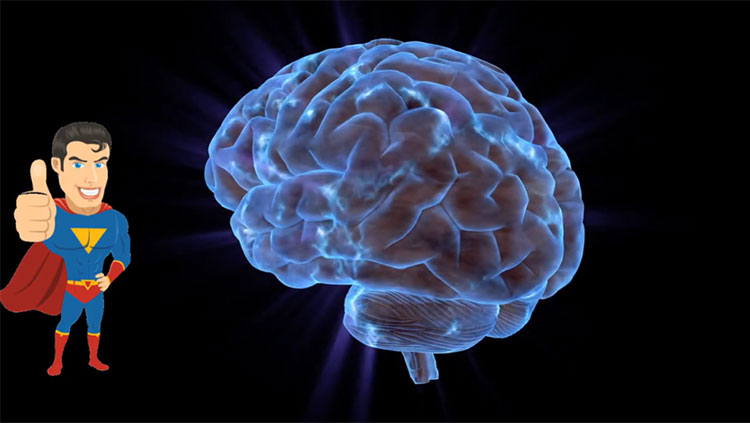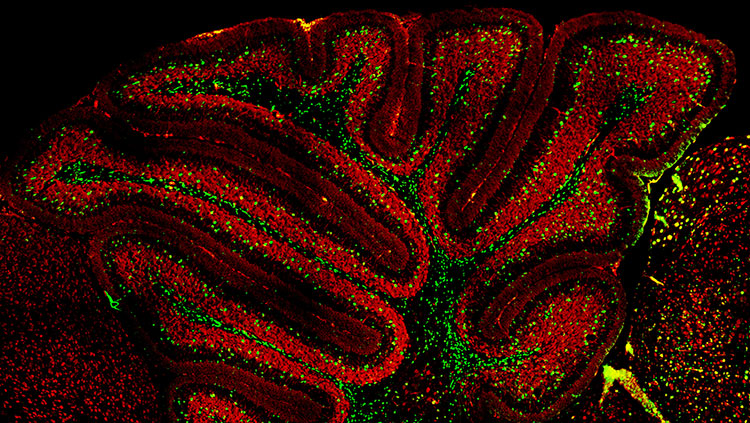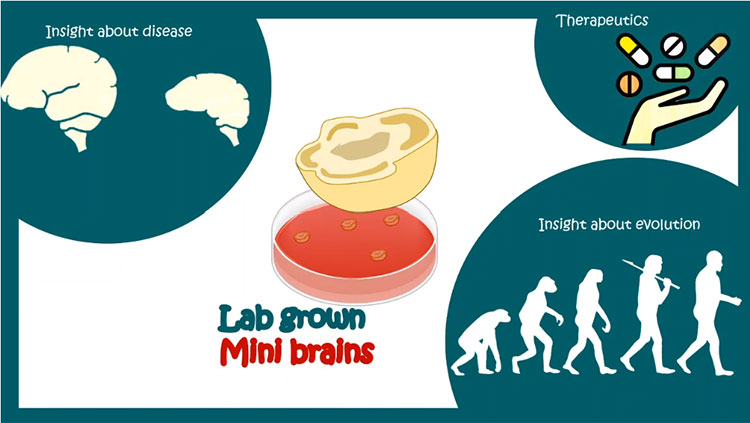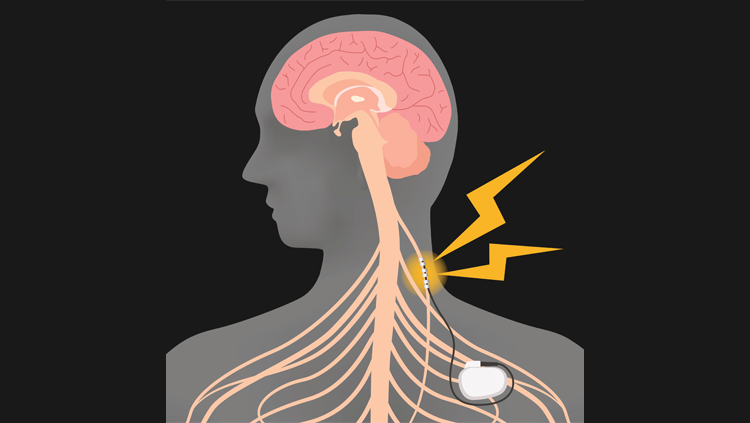Making Connections
- Published1 Apr 2012
- Reviewed1 Apr 2012
- Source BrainFacts/SfN
Once the neurons reach their final location, they must make the proper connections so that a particular function, such as vision or hearing, can emerge.
Neurons are cells within the nervous system that transmit information to other nerve cells, muscle, or gland cells. Most neurons have a cell body, an axon, and dendrites. The cell body contains the nucleus and cytoplasm. The axon extends from the cell body and often gives rise to many smaller branches before ending at nerve terminals. Dendrites extend from the neuron cell body and receive messages from other neurons. Synapses are the contact points where one neuron communicates with another. The dendrites are covered with synapses formed by the ends of axons from other neurons.
Unlike induction, proliferation, and migration, which occur internally during fetal development, the next phases of brain development are increasingly dependent on interactions with the environment. After birth and beyond, such activities as listening to a voice, responding to a toy, and even the reaction evoked by the temperature in the room lead to more connections among neurons.
Neurons become interconnected through (1) the growth of dendrites—extensions of the cell body that receive signals from other neurons and (2) the growth of axons—extensions from the neuron that can carry signals to other neurons. Axons enable connections between neurons at considerable distances, sometimes at the opposite side of the brain, to develop. In the case of motor neurons, the axon may travel from the spinal cord all the way down to a foot muscle.
Growth cones, enlargements on the axon’s tip, actively explore the environment as they seek out their precise destination. Researchers have discovered many special molecules that help guide growth cones. Some molecules lie on the cells that growth cones contact, whereas others are released from sources found near the growth cone. The growth cones, in turn, bear molecules that serve as receptors for the environmental cues. The binding of particular signals with receptors tells the growth cone whether to move forward, stop, recoil, or change direction. These signaling molecules include proteins with names such as netrin, semaphorin, and ephrin. In most cases, these are families of related molecules; for example, researchers have identified at least fifteen semaphorins and at least nine ephrins.
Perhaps the most remarkable finding is that most of these proteins are common to many organisms—worms, insects, and mammals, including humans. Each protein family is smaller in flies or worms than in mice or people, but its functions are quite similar. As a result, it has been possible to use the simpler animals as experimental models to gain knowledge that can be applied directly to humans. For example, the first netrin was discovered in a worm and shown to guide neurons around the worm’s “nerve ring.” Later, vertebrate netrins were found to guide axons around the mammalian spinal cord. Receptors for netrins were then found in worms, a discovery that proved to be invaluable in finding the corresponding, and related, human receptors.
Once axons reach their targets, they form connections with other cells at synapses. At the synapse, the electrical signal of the sending axon is transmitted by chemical neurotransmitters to the receiving dendrites of another neuron, where they can either provoke or prevent the generation of a new signal. The regulation of this transmission at synapses and the integration of inputs from the thousands of synapses each neuron receives are responsible for the astounding information-processing capacity of the brain.
For processing to occur properly, the connections must be highly specific. Some specificity arises from the mechanisms that guide each axon to its proper target area. Additional molecules mediate target recognition when the axon chooses the proper neuron. They often also mediate the proper part of the target once the axon arrives at its destination. Over the past few years, several of these recognition molecules have been identified. Dendrites also are actively involved in the process of initiating contact with axons and recruiting proteins to the “postsynaptic” side of the synapse.
Researchers have successfully identified ways in which the synapse differentiates once contact has been made. The tiny portion of the axon that contacts the dendrite becomes specialized for the release of neurotransmitters, and the tiny portion of the dendrite that receives the contact becomes specialized to receive and respond to the signal. Special molecules pass between the sending and receiving cells to ensure that the contact is formed properly and that the sending and receiving specializations are matched precisely. These processes ensure that the synapse can transmit signals quickly and effectively. Finally, still other molecules coordinate the maturation of the synapse after it has formed so that it can accommodate the changes that occur as our bodies mature and our behavior changes. Defects in some of these molecules are now thought to make people susceptible to disorders such as autism. The loss of other molecules may underlie the degradation of synapses that occurs during aging.
A combination of signals also determines the type of neurotransmitters that a neuron will use to communicate with other cells. For some cells, such as motor neurons, the type of neurotransmitter is fixed, but for other neurons, it is not. Scientists found that when certain immature neurons are maintained in a dish with no other cell types, they produce the neurotransmitter norepinephrine. In contrast, if the same neurons are maintained with specific cells, such as cardiac, or heart, tissue, they produce the neurotransmitter acetylcholine. Just as genes turn on and off signals to regulate the development of specialized cells, a similar process leads to the production of specific neurotransmitters. Many researchers believe that the signal to engage the gene, and therefore the final determination of the chemical messengers that a neuron produces, is influenced by factors coming from the location of the synapse itself.
CONTENT PROVIDED BY
BrainFacts/SfN

















